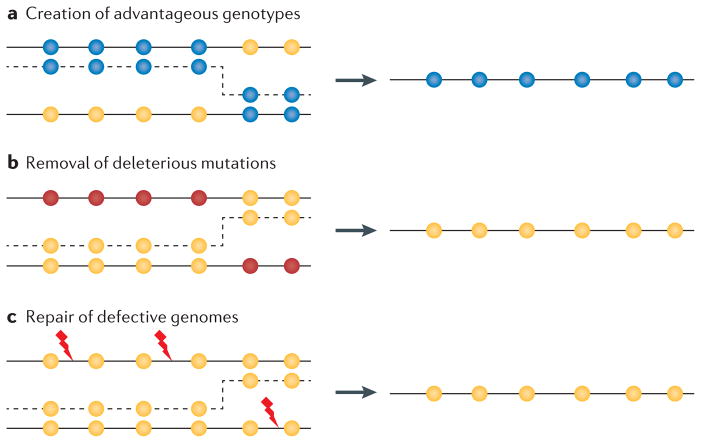Figure 3. Evolutionary consequences of recombination.
Depending on the acceptor and donor genotypes, and the position of the template switch, recombination can have several positive effects on the genome. Yellow circles indicate wild-type loci. a | Recombination can create advantageous combinations of mutations (blue circles) that increase the rate of adaptive evolution compared with mutation alone, or it can disassociate advantageous and deleterious mutations, allowing the former to spread. b | Recombination can remove deleterious mutations (red circles) and restore the wild-type (fit) genotype, which can lead to a selective advantage for recombination if deleterious mutations occur frequently enough and interact synergistically. c | Recombination can also generate a functional genome from damaged parental molecules. Genetic damage, such as strand breaks or oxidative base modifications, are represented by red lightning symbols.

